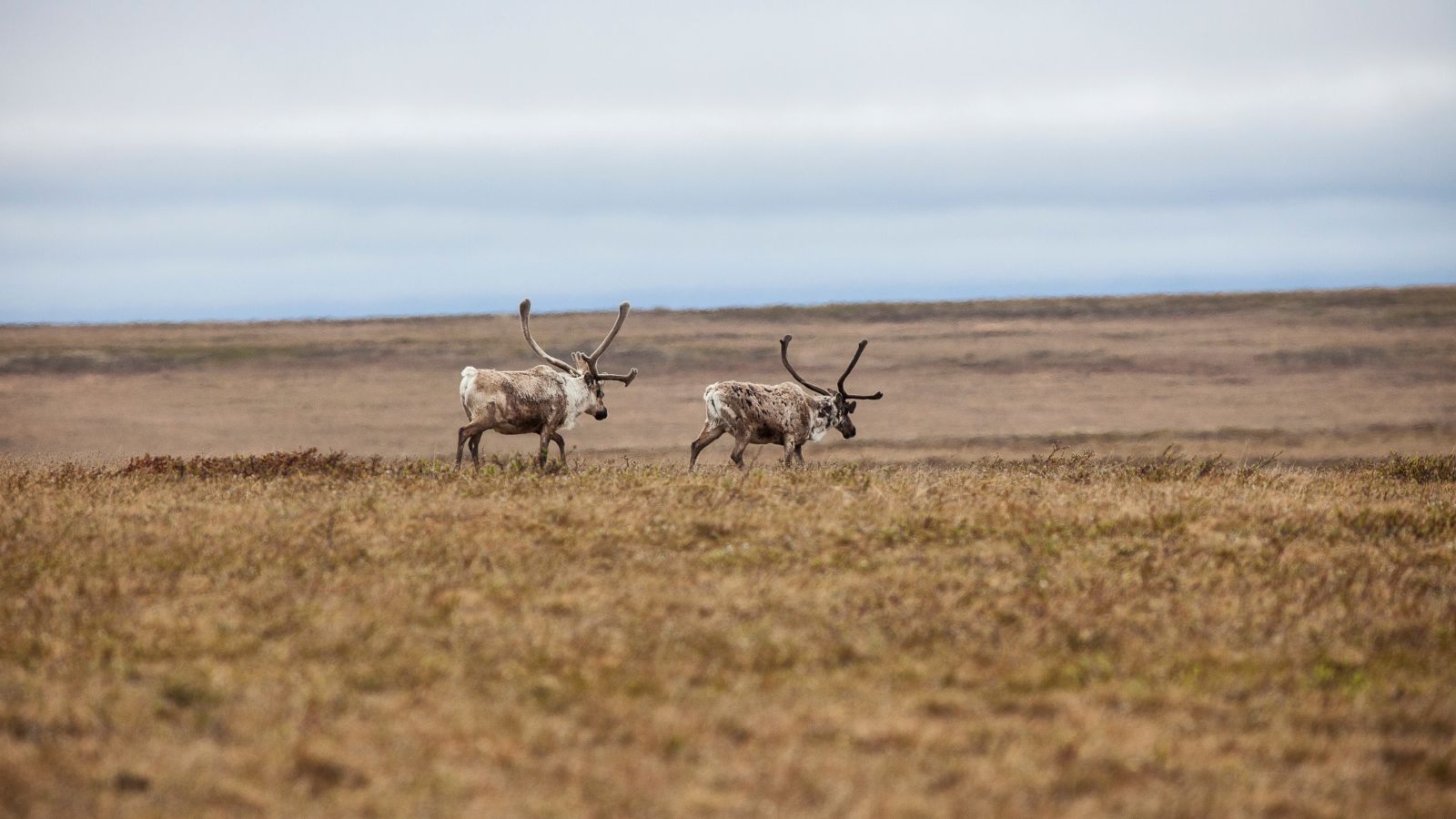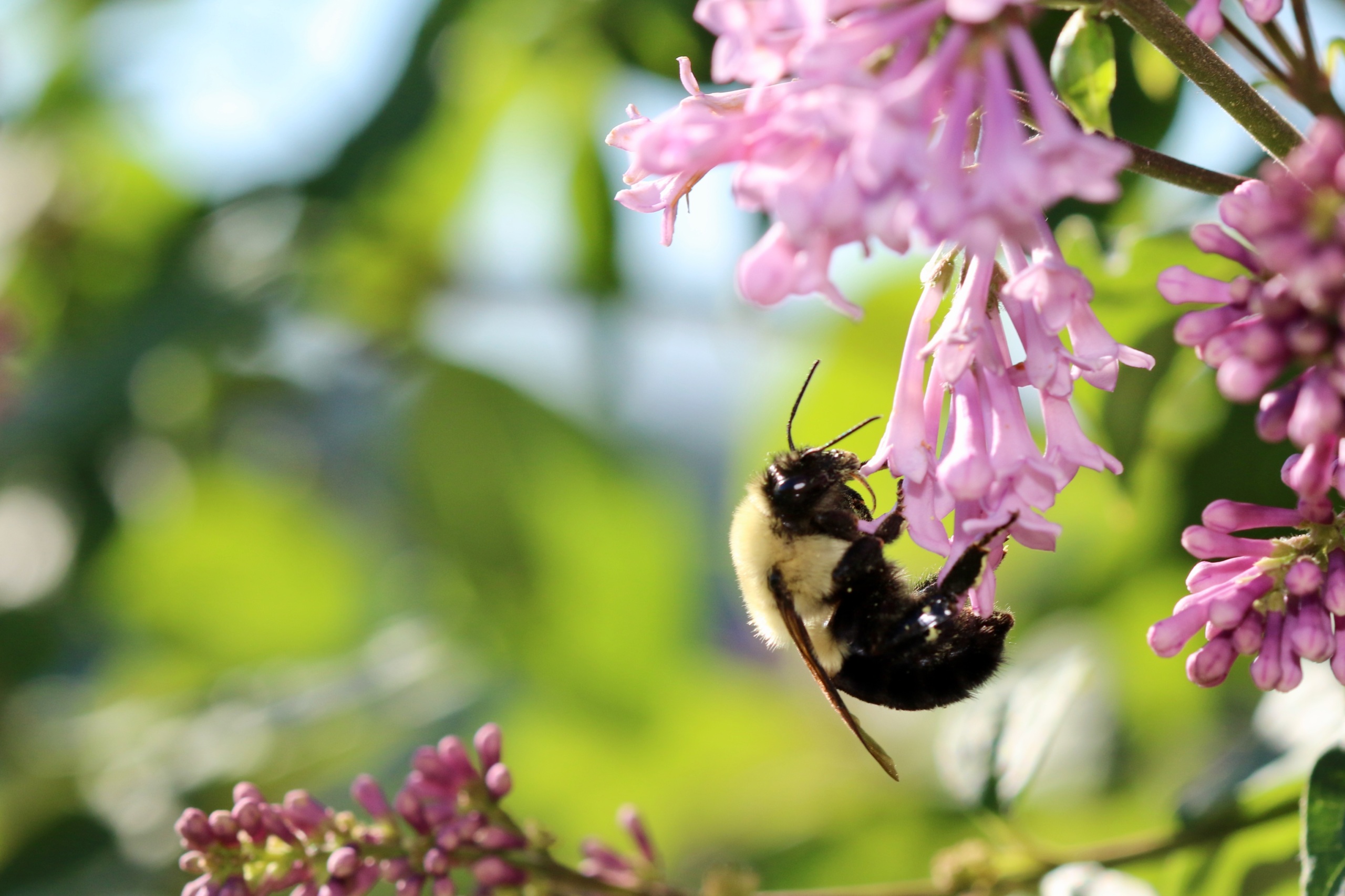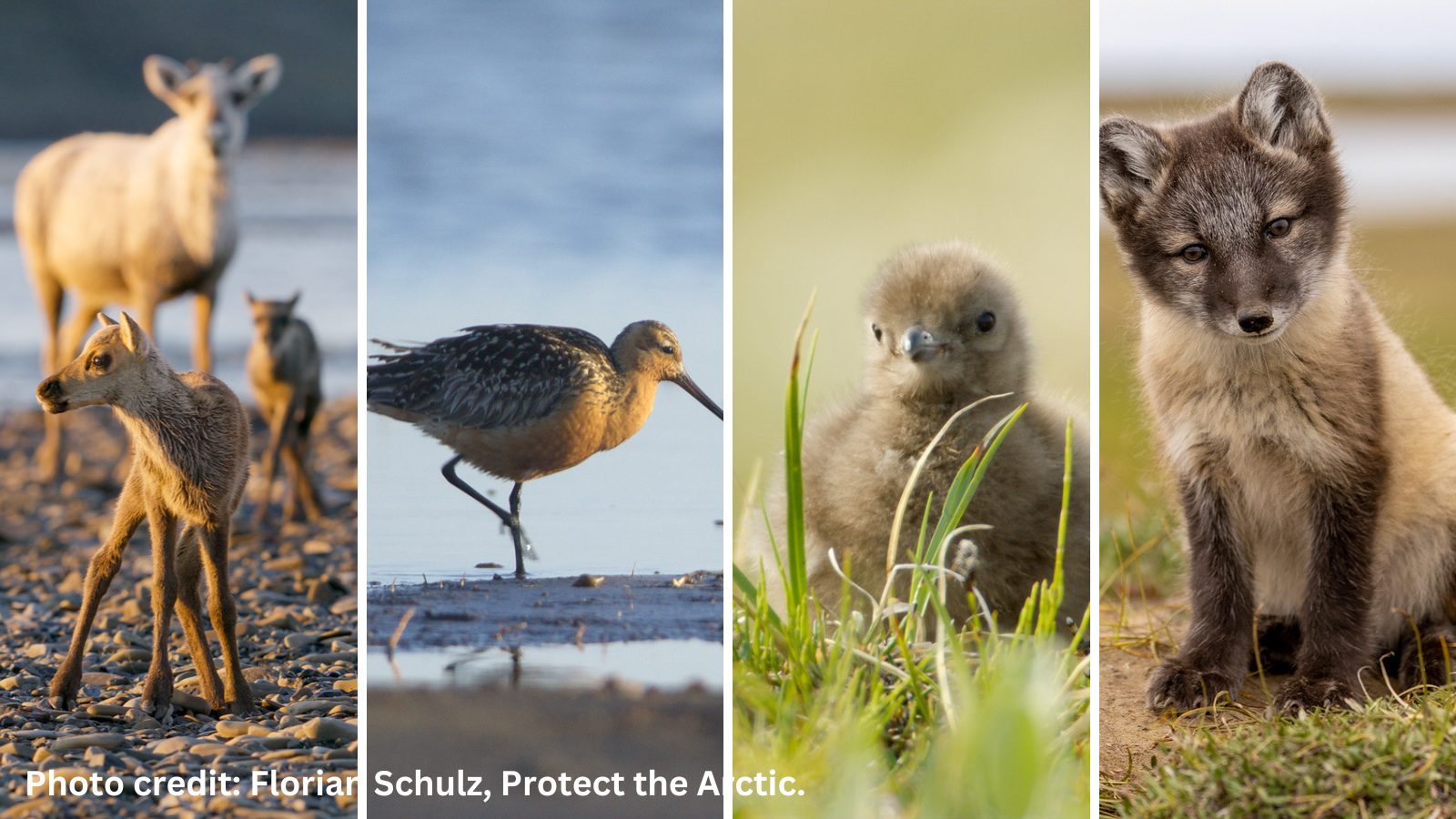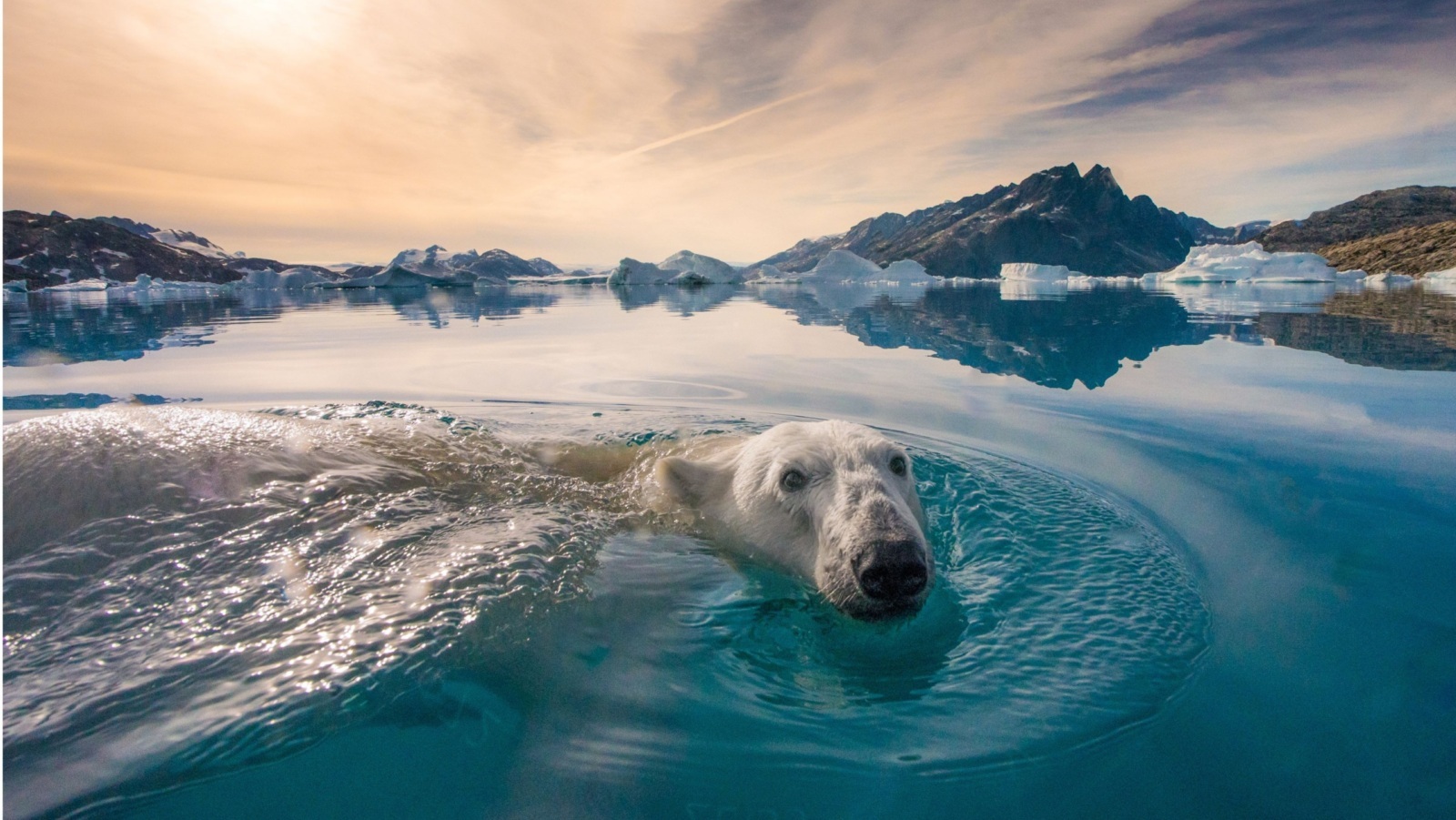
The Willow Project: A carbon bomb aimed at the Western Arctic
ConocoPhillips’ catastrophic oil drilling project needs to be stopped.

The Western Arctic is on the brink of catastrophe. ConocoPhillips, Alaska’s largest crude oil producer has proposed a “carbon bomb” that would prove devastating for the Arctic environment, its inhabitants and our planet at large. This “carbon bomb” is known as the Willow Project. If allowed to move forward, it will be the single largest oil extraction project on U.S. federal land.
Pictured above is a mom and her cubs. The survival of polar bears depends on sea ice cover. Significant reductions in sea ice cover have continued to affect the Western Arctic. Steven Amstrup, via Flickr, US Public Domain
The Willow Project will permanently scar parts of the Western Arctic, wreaking havoc on a delicate ecosystem and intensifying the dire state of our climate emergency. The Willow Project is proposed for the National Petroleum Reserve in Alaska, an area of land on the western Alaska North Slope that is biologically rich and diverse. The Western Arctic region houses Teshekpuk Lake, the calving ground of the Teshekpuk caribou herd. The Western Arctic is also teaming with wildlife such as polar bears and many migratory birds.
The rising temperatures associated with climate change have made fossil fuel extraction more difficult and costly due to melting permafrost. The financial losses that oil companies would incur should discourage drilling in the Arctic. However, ConocoPhillips plans to refreeze the tundra using “chillers” and then proceed to drill it for oil. The proposed 30 years of oil drilling from the Willow Project will extract 500 million barrels of petroleum from this snowy sanctuary, and the project will single-handedly release annual emissions equivalent to 66 new coal fired power plants operating in a given year.
If approved, the Willow Project will also require new infrastructure such as drill sites, miles of gravel roads, bridges, an airstrip, hundreds of miles of ice roads and a gravel mine in this fragile ecosystem. Even before the oil drilling begins, the construction and transportation involved in the creation of infrastructure will fragment wildlife habitats, and put the lives of native animals at risk in their own homes.
The Western Arctic is an important place for caribou, like the one pictured, because it serves as their calving grounds. Bob Wick (US Bureau of Land Management), via Flickr, CC BY 2.0, https://creativecommons.org/licenses/by/2.0/
The Willow Project poses an existential threat to the Iñupiat Peoples whose traditional food and cultural practices are tied to the region’s resources and whose ancestors have lived in this area for centuries. Few communities have truly felt the effects of the fossil fuel industry’s greed more than those living in the Arctic. Over the years, rising temperatures, intensified by the pollution from oil drilling, have changed the sea ice and impacted the critical species that they hunt for food. Fossil fuel development requires a great deal of water to operate, and the degradation of potable water sources will have a devastating impact on the people that depend on them.
Each stage of the oil extraction process emits pollutants, from the methane that leaks from production equipment to the trucks that transport materials to the oil wells. Some of these pollutants are cancerous, and others can cause serious cardiovascular, kidney, and chronic respiratory problems. The small Arctic community of Nuiqsut, surrounded by planned and active oil wells, has felt such sickness and pain firsthand. From 1986 to 2000, the number of inhabitants in Nuiqsut that were treated for respiratory illnesses increased from one to 75, which is 18.8% of the total population. This unprecedented spike in respiratory issues paralleled the growing number of wells present in the area and their increasing proximity to the village. Nuiqsut native Sam Kunuknana recalls that his daughter came home after a short “10-15 minute walk” outdoors following the Repsol blowout, an accident at a nearby oil well, and that her temperature spiked…ears hurt…and [she] was in a lot of pain.” It took over a month for Kunuknana’s daughter to recover.
Road construction for the Greater Mooses Tooth 1 unit development, an oil drilling project developed by ConocoPhillips that precedes the Willow Project. The first oil extraction activity from this site occurred in October 2018. Sarah LaMarr (US Bureau of Land Management) via Flickr, CC BY 4.0, https://creativecommons.org/licenses/by/4.0/
By stopping the Willow Project, we can protect land, wildlife, and people’s lives. The Department of the Interior’s Bureau of Land Management (BLM) can determine the future of the Western Arctic.
This blog was coauthored by Environmet America Intern Jasmine Sinchai
Tell Secretary Haaland: Slow down the permitting of the Willow Master Development Project
Topics
Authors
Ellen Montgomery
Director, Public Lands Campaign, Environment America
Ellen runs campaigns to protect America's beautiful places, from local beachfronts to remote mountain peaks. Prior to her current role, Ellen worked as the organizing director for Environment America’s Climate Defenders campaign. Ellen lives in Denver, where she likes to hike in Colorado's mountains.
Find Out More

Why we should save the bees, especially the wild bees who need our help most

Why Alaska’s NPR-A, site of the Willow Project, deserves protection

Bank of America said it would stop financing drilling in the Arctic Refuge. Now it’s backtracking.


